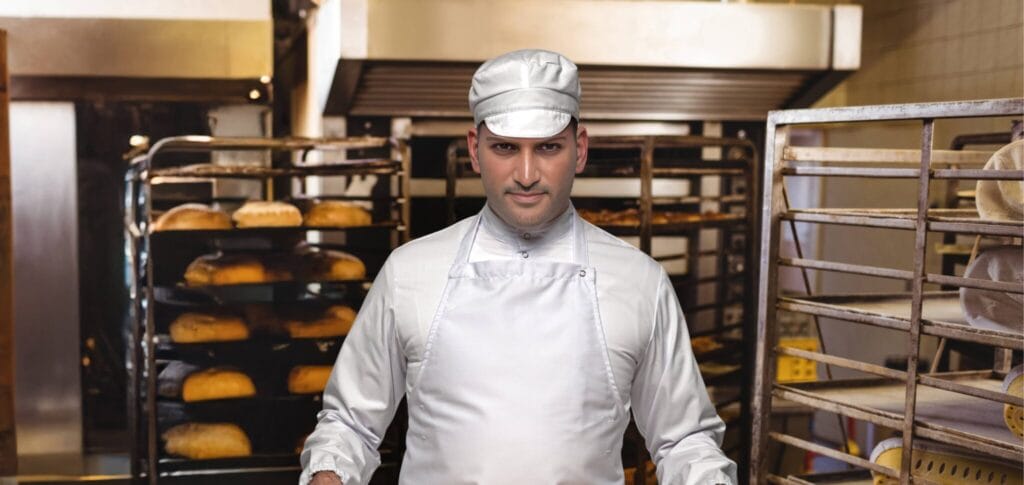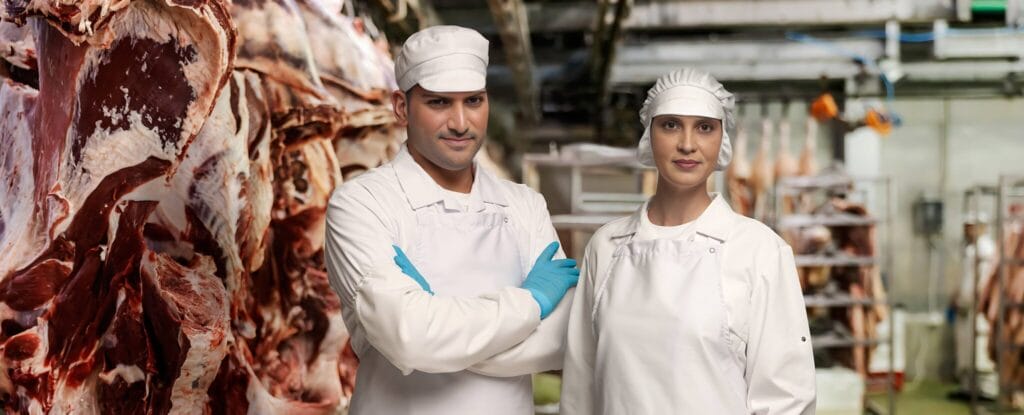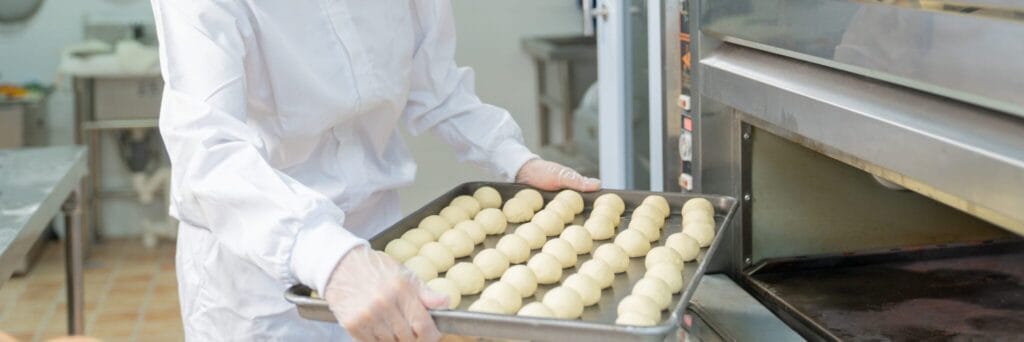
What Should be the Ideal Recovery Path for Food Industries During COVID-19?
In the wake of COVID-19 worldwide, the food industry has been badly hit. The major disruption caused by the epidemic have led to closure of manufacturing units, storage facilities and dine-in outlets across India. Job cuts and disorderliness in the supply chain system has further aggravated the condition.
According to an estimate, it will take minimum one year for India’s 1.5 lakh crores organised restaurant business to recover and respond to COVID-19 pandemic. Adding to the woe is the worsening scenario and slow recovery rate of the horticulture farmers, food processors, dairy producers, logistics and suppliers, and delivery partners.
A staggering decline in bulk industry demand has also hit unorganised food producers the hardest. Even the key industry players are seeing a negative debt equity ratio of over 2x with a poor net worth. To manage constraints in cash flows and liquidity, many food businesses are already seeking rental deferments or concessions.
Thankfully, firms have re-imagined and re-engineered their processes in a short period of time, working harder to respond to current changes, implement safety & hygiene measures, and feed the nation. In this scenario, it is important to develop a definitive plan for recovery that will help companies to adapt to the pandemic situation at a rapid pace.
Protecting Food Production Capacity
In the short term, the recovery path should aim at protecting the country’s food production capacity. This would enable the domestic farming, production, processing, and foodservice sectors to address their operational & cost challenges and revive from the pandemic. In the long term, the Government has to reverse its regulations on food and drink, focusing more on improving “self-sufficiency in food.”
To address the challenges of significant trade deficit – primarily affected due to COVID-19 disruptions globally – the government should now focus on producing a majority of its food in the country. This would require huge investments but the societal and economic gains are significant.
Implementing High Standards of Cleanliness & Hygiene
From farming to food production, processing, storage, supply and dine-in, businesses now need to implement effective social distancing & hygiene strategies. Some sectors need to completely transform their business model to cater to changing consumer behaviour and government norms. Of course, this would mean reduced work hours, less labourers, lower operational levels, and better cleanliness systems.
As consumers are emphasising more on contactless delivery and greater hygiene, cost will increase. However, in the long run, this will help respond to the coronavirus pandemic and recover effectively. An example of implementing safe and hygiene measures in the dine-in segment is changing menus to include combo meals and comfort food. Change in sitting arrangements, keeping social distancing in mind, is another aspect.
The overall objective of the food industry should be to focus on healthy products, hygiene maintenance, and safe deliveries.
Minimising Loss of Production & Profitability through Support
Due to global coronavirus pandemic, subsequent lockdowns and changes in demands, the domestic farming, manufacturing/processing and supply chain have witnessed significant loss. These losses can be minimised through government support for at least 6-12 months. For farmers, this can be in the form of aids like price support or productivity training. Support schemes should be implemented to aid supply for seasoned labourers, improving production and reducing costs for the time being.
For food production/processing and supply chain units, support should be in the form of maintenance and recovery. The government should implement and regulate definitive steps to help food businesses maintain liquidity and overcome from their losses. These will involve high deferral costs in the short run, but will be recovered over time.
From Dine-in to Delivery…Make the Shift
The hotel & restaurant business has been worst hit due to the coronavirus pandemic. Despite ongoing “unlock” phases, restaurateurs are seeing major losses and operational challenges as consumers have become more cautious about discretionary spends amid this tough time. Additionally, people are still apprehensive about visiting restaurants in the light of contamination and hygiene factors.
On the other hand, restaurants are facing a tough competition from the “home delivery” segment as more people are now ordering food online than dine-in. According to industry experts, this trend will continue for few more months and restaurants have to rethink their business strategies and respond to COVID-19 situation.
Some of the recovery measures they can take are – catering to customers’ food demand through online ordering and home delivery and remodelling their structure to meet mandatory hygiene standards.
Conclusion
The food industry’s recovery path through COVID-19 is a combined initiative of the government and the business alike. In their endeavour, Lindstrom India plays an integral role by providing professional workwear rental services. Our workwear are ideally designed to support the food industry applications, ensure safety, prevent contamination, and maintain high standards of quality. Through expert cleanroom services, we ensure that only 100% clean, disinfected and safe workwear reach your business.



